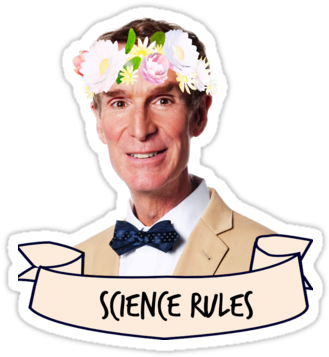this post was submitted on 12 Aug 2025
348 points (99.4% liked)
Science Memes
16250 readers
2660 users here now
Welcome to c/science_memes @ Mander.xyz!
A place for majestic STEMLORD peacocking, as well as memes about the realities of working in a lab.

Rules
- Don't throw mud. Behave like an intellectual and remember the human.
- Keep it rooted (on topic).
- No spam.
- Infographics welcome, get schooled.
This is a science community. We use the Dawkins definition of meme.
Research Committee
Other Mander Communities
Science and Research
Biology and Life Sciences
- !abiogenesis@mander.xyz
- !animal-behavior@mander.xyz
- !anthropology@mander.xyz
- !arachnology@mander.xyz
- !balconygardening@slrpnk.net
- !biodiversity@mander.xyz
- !biology@mander.xyz
- !biophysics@mander.xyz
- !botany@mander.xyz
- !ecology@mander.xyz
- !entomology@mander.xyz
- !fermentation@mander.xyz
- !herpetology@mander.xyz
- !houseplants@mander.xyz
- !medicine@mander.xyz
- !microscopy@mander.xyz
- !mycology@mander.xyz
- !nudibranchs@mander.xyz
- !nutrition@mander.xyz
- !palaeoecology@mander.xyz
- !palaeontology@mander.xyz
- !photosynthesis@mander.xyz
- !plantid@mander.xyz
- !plants@mander.xyz
- !reptiles and amphibians@mander.xyz
Physical Sciences
- !astronomy@mander.xyz
- !chemistry@mander.xyz
- !earthscience@mander.xyz
- !geography@mander.xyz
- !geospatial@mander.xyz
- !nuclear@mander.xyz
- !physics@mander.xyz
- !quantum-computing@mander.xyz
- !spectroscopy@mander.xyz
Humanities and Social Sciences
Practical and Applied Sciences
- !exercise-and sports-science@mander.xyz
- !gardening@mander.xyz
- !self sufficiency@mander.xyz
- !soilscience@slrpnk.net
- !terrariums@mander.xyz
- !timelapse@mander.xyz
Memes
Miscellaneous
founded 2 years ago
MODERATORS
you are viewing a single comment's thread
view the rest of the comments
view the rest of the comments

You can define Hilbert Curves that map n dimensions on to n−1 dimensions.
next interesting question, how would a 3d object look if we map it to a 3d Hilbert curve, and unfold to a 2d hilbert curve.
would properties of the original object be visible, IE, if we use a sphere, would the projection look like a circle?
if the sphere is only a shell and it's empty inside, would the Hilbert projection show it?
or would the information be scrambled beyond recognition?
Well, if you map the Mona Lisa onto a Hilbert curve and untangle the curve, you get a long sequence of random blotches of color. So I guess the horse won’t be recognizable in 2D.
any protection to a line will be meaningless, mostly because we can't really put lots of visual information in a single extremely long line.
however,.I disagree in principle, if we flatten a bug, the end result is slightly abstract but we can still identify the bug and features. so we can theoretically agree that a 3d>2d mapping can be done so information is still positionally related a and not scrambled.
question is if the Hilbert projection would do that (i doubt that). but there must be projection methods that would actually work
I believe that you’re thinking of squishing a bug. But that’s a very lossy projection. In its 2D state you only look at the topmost portion of the bug, which is recognizable. But you’re choosing to ignore the infinitely many points that make up all the other layers of the bug. If you had to put them somewhere, too, the resulting picture would be very hard to make sense of.
I'm including all the "goo". all the internal organs will be spread out, and even though they won't be near the original place, they'll still maintain lots of proximity relations.
I'm not using it as a perfect example. but as an example that a volumetric 2d projection could maintain positional information, rather than information getting scrambled.
unless gpt fucked up (I do data science, this is far beyond my skills), this is what a sphere in a Hilbert projection looks like:
might be better to use a volume filling surface rather than a volume filling line